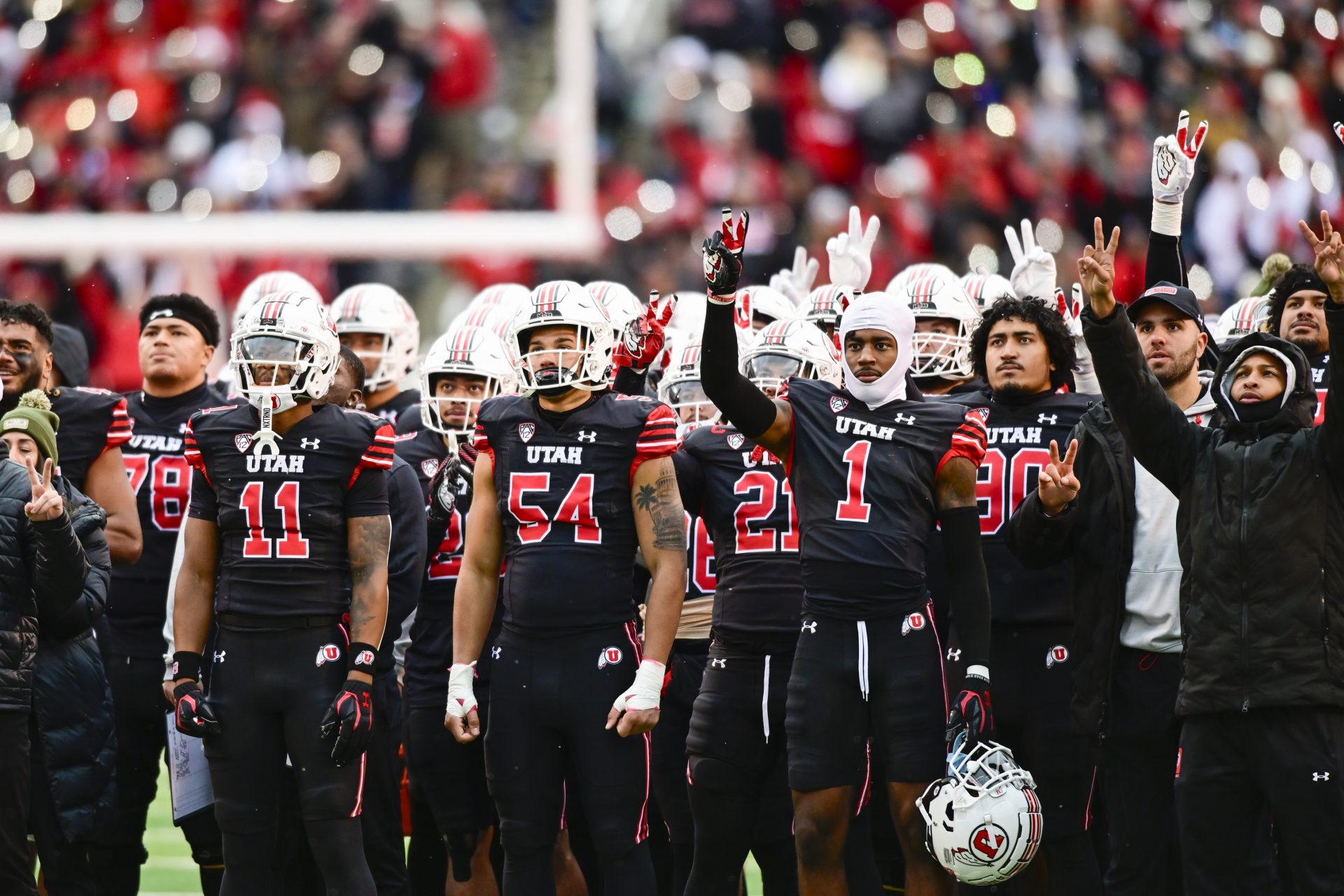We have all witnessed sweeping changes to the college football landscape over the last few years, with playoff expansion, conference realignment, and name, image, and likeness (NIL) opportunities taking center stage.
But the 2025-26 season is set to be historic not only for football but for all NCAA Division I sports because of new regulations on scholarship and roster limits.
Among the updated rules released by the NCAA as a result of three antitrust lawsuits, scholarship limits will be eliminated in all sports at the Division I level. That means programs will now regulate the number of athletes on each team by implementing roster limits, with many non-revenue-generating sports receiving an increase in the number of potential players they can have on the team.

What Are the New Roster Limits on a College Football Team?
As it pertains specifically to football, the rule increases the amount of full scholarships available from 85 to 105. However, at the same time, it decreases the number of players the team is allowed to roster from 120 to 105.
The current roster-limit rules led football programs to follow a “head-count” model in which full scholarships are required for anyone receiving athletic aid. Under these new rules, football will likely follow an “equivalency scholarship” model in which partial scholarships can be provided to all 105 players on the team.
Although schools are not required to give all of their rostered players scholarships, these new rules do address the issues raised by many Division I football coaches regarding walk-ons. Each school will now have the ability to decide for itself how many of its players will be put on scholarship.
Will New Roster Limits Impact Parity in College Football?
The NCAA is moving toward a revenue-sharing framework that is likely to overhaul student athletes’ opportunities to make money. This will inevitably have unintended consequences for how athletic departments divide their resources.
Because football is a vehicle for athletic departments to generate massive amounts of revenue through ticket sales and television broadcast rights, it’s a sport that programs will strive to keep and invest in as opposed to eliminating.
With the number of roster spots offered for football players decreasing in 2025-26, even the most profitable football programs won’t be able to accumulate an abundance of players, which should keep the playing field as level as possible moving forward.
With a new age of NCAA Division I athletics upon us, these scholarship and roster-limit changes should only emphasize a college football program’s need to be adaptable.
As Charles Darwin says, “The one most adaptable to change is the one that survives.”
College Football Network has you covered with the latest news and analysis, rankings, transfer portal information, top 10 returning players, the 2024 college football season schedule, and much more!

